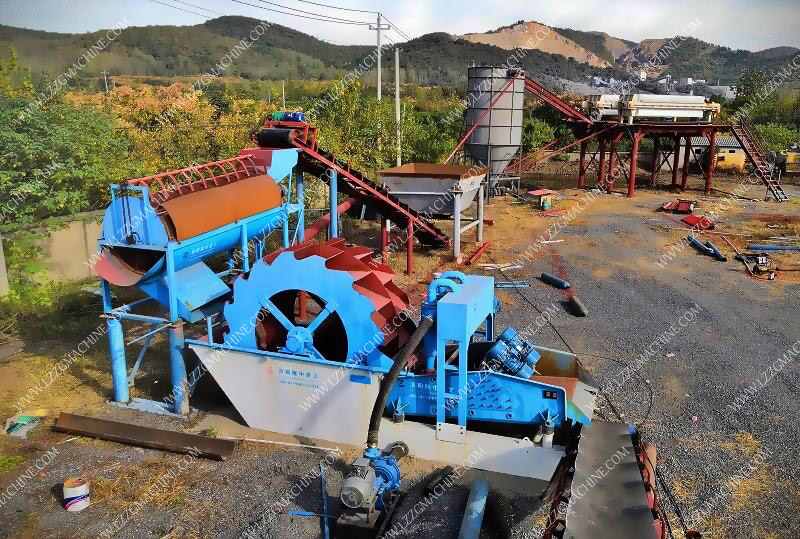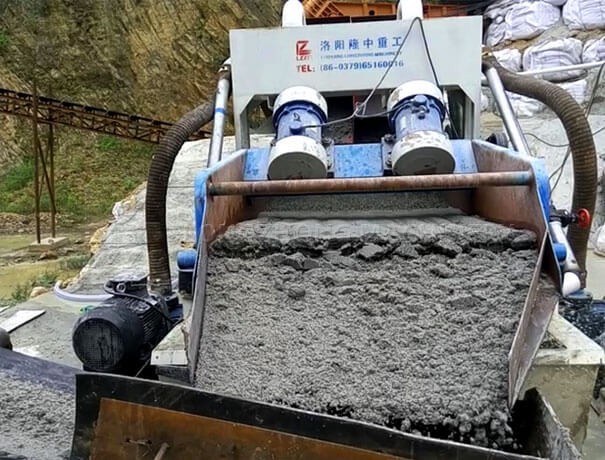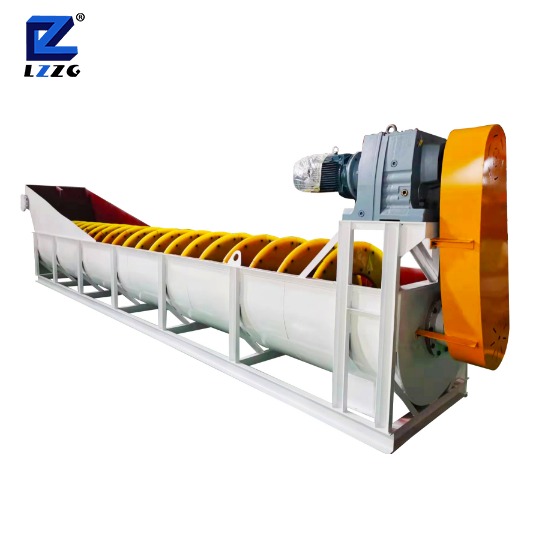The standard of powder content of machine made sand
 September.02,2021
September.02,2021
Machine made sand is also called artificial sand, it is made of rock through a crusher, and a part of stone powder is inevitably produced during the production process, and the stone powder content of raw sand is generally as high as 10%-20%. The difference in the content of stone powder in the machine-made sand has a big difference in the influence of the basic performance of different strength grades of concrete.
According to Chinese standards, Class I should be used for concrete with a strength class greater than C60, Class II should be used for concrete with strength class C30~C60 and frost resistance, impermeability or other requirements, and Class III should be used for concrete with strength class less than C30.
The stone powder content of machine-made sand is set at 3%, 5% and 7% according to the concrete strength grade, which is 2% wider than the mud content of natural sand. At the same time, in order to prevent the machine-made sand from being mixed with excessive soil due to various factors during the mining and processing process to have a negative effect on the concrete, the factory-made sand and the re-test on the construction site must carry out a methylene blue test to determine the MB value to determine the machine-made sand. The particle content of particles smaller than 75μm is mainly soil or stone powder with the same chemical composition as the processed mother rock, and should comply with industry regulations.
Types of stone powder in machine-made sand
(1) Free powder: The particles of stone powder do not adhere to each other and are not adsorbed on the surface of sand grains, and can move freely under the action of wind and gravity.
(2) Agglomerate powder: The stone powder particles are tightly agglomerated to form a larger particle size agglomerate of stone powder, and the particles adhere to each other and aggregate. This type of stone powder aggregate is difficult to remove by traditional powder selection equipment due to the large particle size and mass of the agglomerates.
(3) Adhesive powder: There are stone powder particles attached to the surface of the sand with a larger particle size. When the surface of the sand grain is relatively smooth, the stone powder particles are easy to remove under mechanical force, and when the surface of the sand grain is uneven, the stone powder particles and the sand grains adhere tightly to each other, which is difficult to separate by general mechanical methods.
(4) Crevice powder: There are often natural or mechanically broken crevices with a width of tens to hundreds of microns on the surface of sand grains. These crevices are often filled with a large number of stone powder particles. This is the tightest way to adhere to stone powder.





